Research into theoretical principles across the fields of art, science and aesthetics imbue Nuala O’Donovan’s work, writes Mark Ewart
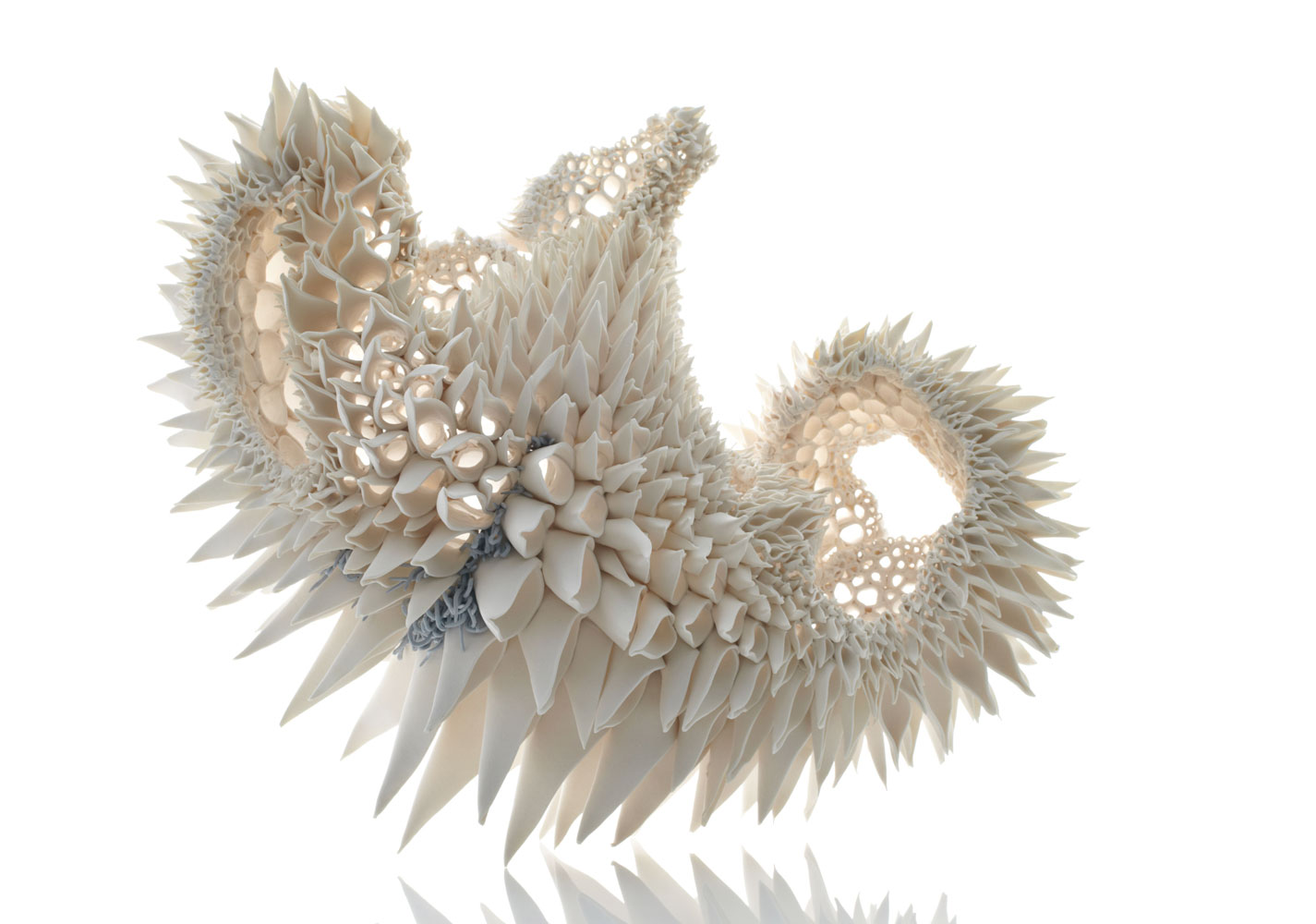
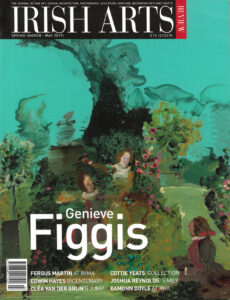
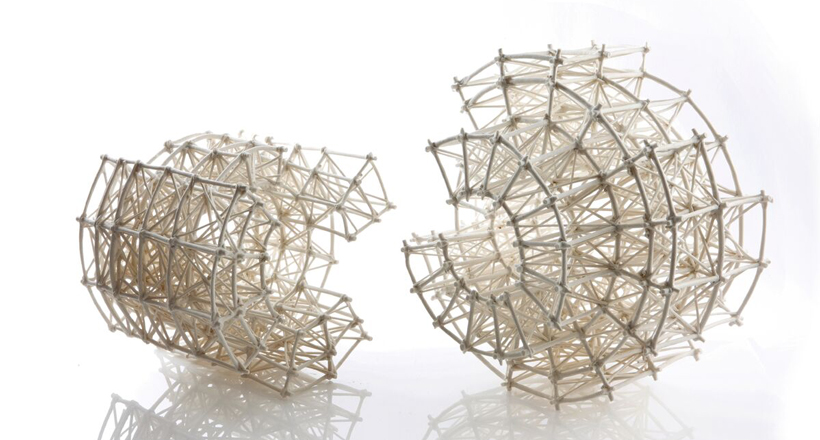
Nuala O’Donovan ,Radiolaria, Grids Subtracted 2&3 high-fired high-fired, unglazed and stained yellow porcelain D32xH25x24cm Photo: Janice O’Connell
Research into theoretical principles across the fields of art, science and aesthetics imbue Nuala O’Donovan’s work, writes Mark Ewart
Nuala O’Donovan’s porcelain sculptures are intricate, beguiling and very beautiful. Her process-driven work can align with art, craft or design strands but, in actuality, embrace all three simultaneously – albeit with a strong emphasis on sculptural elements. It seems appropriate to associate her linear forms with early 20th century Russian Constructivism, where structures are built through repeating modular components transfiguring between solid and open forms, seeming to ensnare the surrounding space and defy perceptions of scale. The Constructivist concept of faktura – a principle that united arts and crafts through shared materiality and experimental practice – could apply to this Cork-based sculptor.
To read this article in full, subscribe or buy this edition of the Irish Arts Review
Nuala O’Donovan’s porcelain sculptures are intricate, beguiling and very beautiful. Her process-driven work can align with art, craft or design strands but, in actuality, embrace all three simultaneously – albeit with a strong emphasis on sculptural elements. It seems appropriate to associate her linear forms with early 20th century Russian Constructivism, where structures are built through repeating modular components transfiguring between solid and open forms, seeming to ensnare the surrounding space and defy perceptions of scale. The Constructivist concept of faktura – a principle that united arts and crafts through shared materiality and experimental practice – could apply to this Cork-based sculptor.
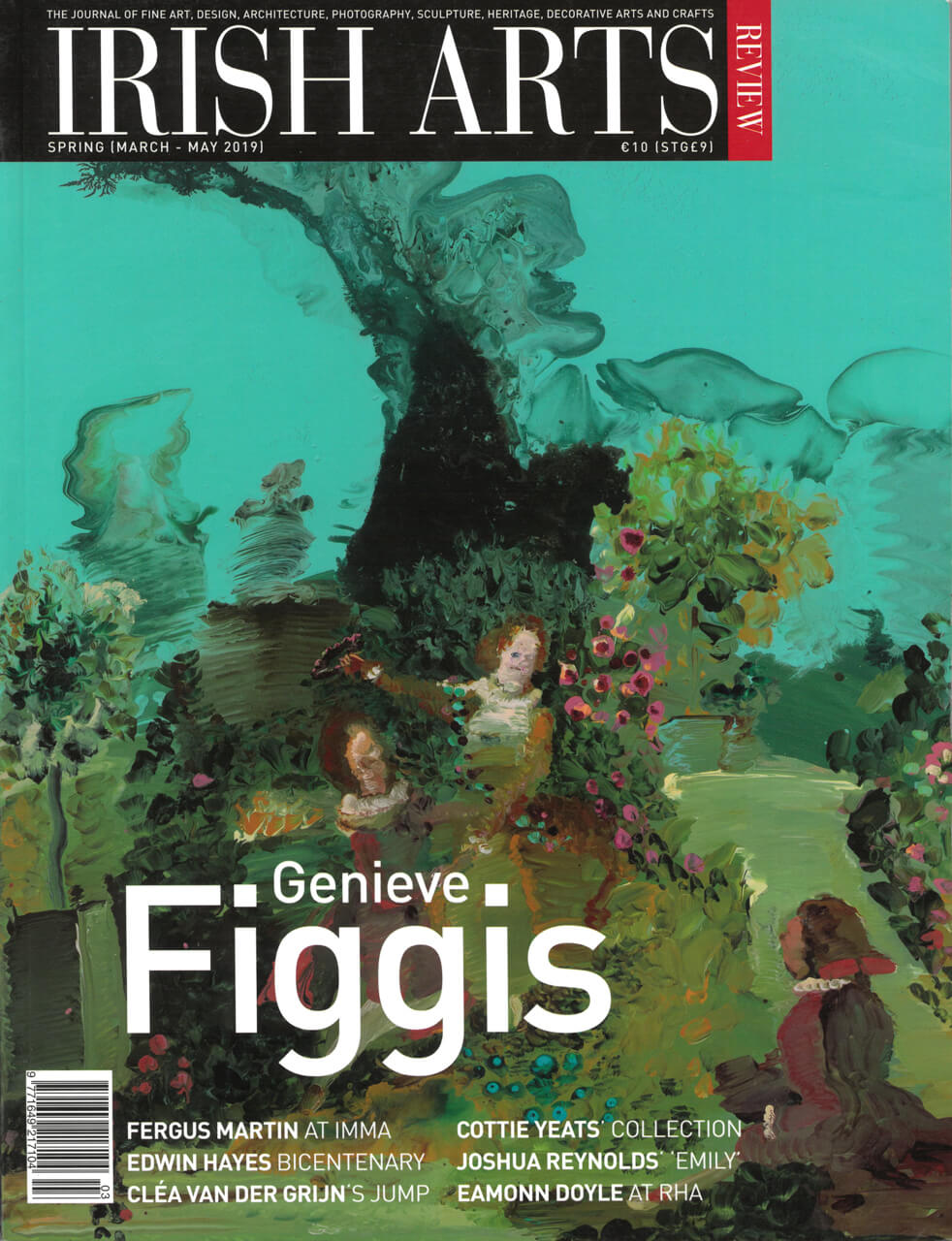
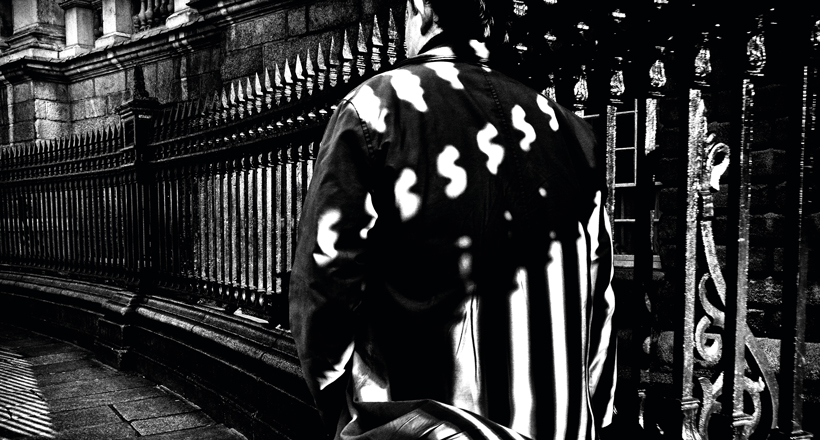
Eamonn Doyle’s portraits of Dubliners are unposed, untroubled by vanity and full of momentum, writes Stephanie McBride
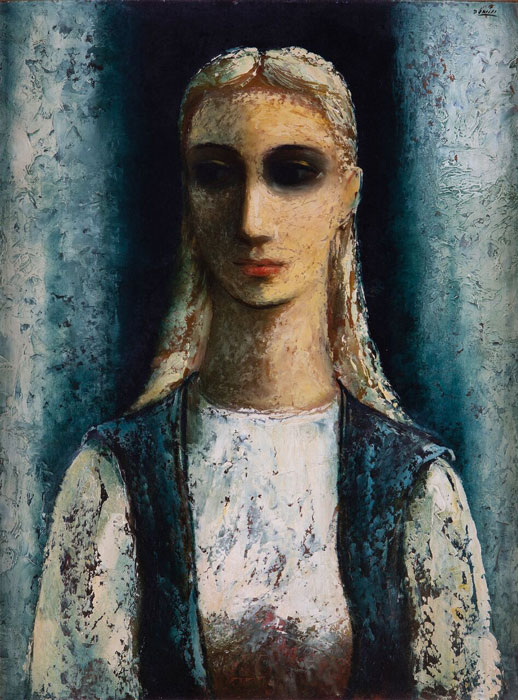
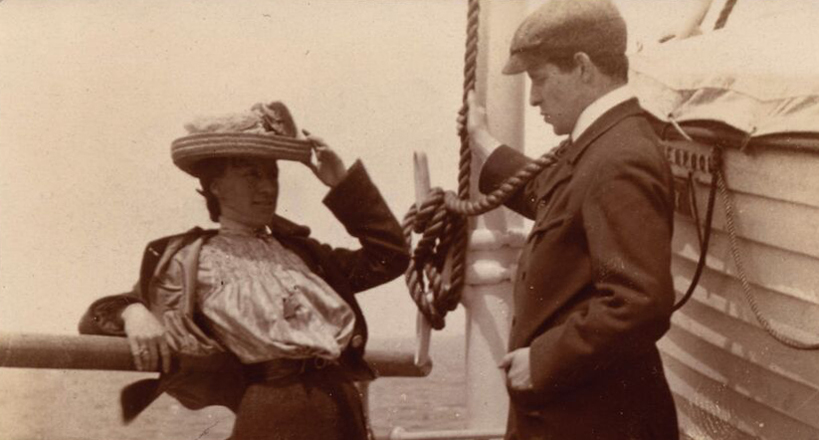
Rosemary Devereaux paints a picture of Mary Cottenham Yeats as a talented, resourceful artist in a variety of media